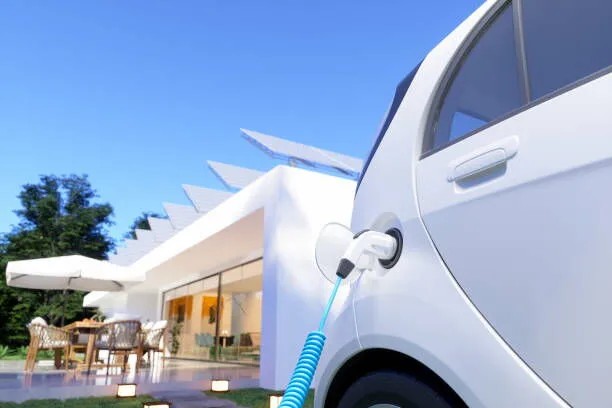
How to Choose the Right Home EV Charger for Your Electric Vehicle
Introduction
As a professional EV charger manufacturer in China, Topper Company provides dependable electric vehicle charging station equipment and comprehensive charging solutions.
As electric vehicle (EV) ownership continues to rise, selecting a reliable and efficient home EV charger is more important than ever. Whether you’re a new EV owner or upgrading your charging setup, understanding the types and features of chargers can help ensure a smooth charging experience.
EV Charger Levels
There are three main types of EV chargers:
Level 1 chargers use a standard 120V outlet and provide about 3–5 miles of range per hour. They’re best for plug-in hybrids or drivers with short commutes.
Level 2 chargers operate on 240V and deliver 12–60 miles of range per hour. Ideal for home use, they can typically charge an EV overnight.
Level 3 (DC Fast Chargers) offer rapid charging (up to 80% in 30 minutes) but require commercial-grade power and aren’t suited for home installation.
For most homeowners, a Level 2 charger offers the best balance of speed and practicality.
Single-Phase vs. Three-Phase
Single-phase chargers are standard for residential homes and operate on 120–240V.
Three-phase chargers, found in some European homes or commercial settings, offer faster charging but require a special power supply.
Unless your home already supports three-phase power, a single-phase charger is the more economical choice.
Type 1 vs. Type 2 Chargers
Type 1 connectors (five-pin) are common with older or Asian-manufactured EVs.
Type 2 connectors (seven-pin) are standard for European EVs and are increasingly adopted globally.
Choosing Type 2 helps ensure compatibility with future EVs.
Tethered vs. Untethered Chargers
Tethered chargers have a fixed cable — convenient but less flexible if you change vehicles.
Untethered chargers allow you to use different cables, offering more versatility and a tidier look.
Choose based on your preference for convenience versus flexibility.
Connector Types
J1772: Standard for most non-Tesla EVs in North America.
NACS (used by Tesla and increasingly others): Check if your charger supports it or use an adapter.
CCS: Used for DC fast charging in public networks.
Always confirm your vehicle’s connector type before buying a charger.
Installation: Plug-In vs. Hardwired
Plug-in chargers use outlets like NEMA 14-50 or NEMA 6-50. They’re easier to install and portable.
Hardwired chargers are fixed to your home’s wiring — great for outdoor setups but usually more expensive to install.
Key Considerations
Amperage: Look for at least 32 amps; 40–50 amps if faster charging is desired.
Smart Features: Wi-Fi, mobile apps, and scheduled charging enhance usability.
Cable Length: Ensure the cable reaches your car comfortably (16–25 feet is common).
Durability: Outdoor installations require weatherproof units (IP66 or higher).
Rebates: Check local programs that may offset installation costs.
Conclusion
Choosing the right home EV charger ensures your car is ready when you are. A Level 2, single-phase, Type 2 charger with the right installation and smart features can future-proof your setup and improve daily convenience. Take time to compare models, and consult an electrician if needed — a well-chosen charger makes EV ownership even more rewarding.Know more about Google SEO Directory
© 2024 Crivva - Business Promotion. All rights reserved.